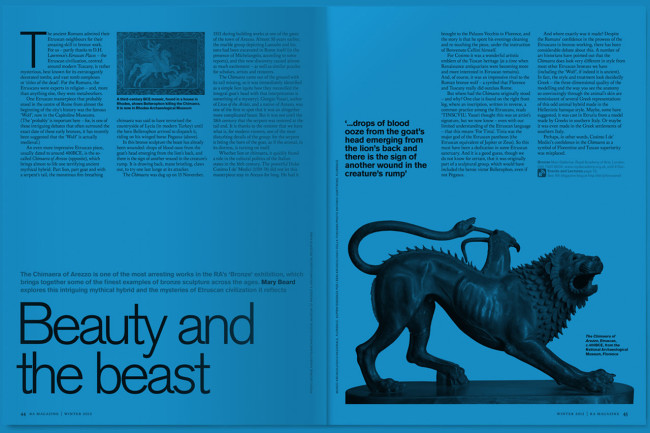How do you get from the “American dream” to the Japanese house?
How do you get from the “American dream” to the Japanese house?
Six degrees of separation
By Sam Phillips
Published 13 February 2017
Sam Phillips finds the dotted line from the British Museum’s American prints through to Japanese architecture at the Barbican, in six sizzling spring shows.
-
-
1. The American dream
A British Museum survey of post-war American prints complements the RA’s show of Depression Era art, America after the Fall. The war revived the nation’s confidence, and bold, technically ambitious graphic works abounded. Artists include Andy Warhol, Robert Rauschenberg and Donald Judd, as well as Jasper Johns Hon RA’s screenprint Flags I, ahead of his autumn solo show at the Academy.British Museum, 9 March – 18 June 2017
America after the Fall, Royal Academy, 25 February – 4 June 2017
Jasper Johns, Royal Academy, 23 September – 10 December 2017
-
-
-

2. Hockney’s Early Etchings
When David Hockney RA first crossed the Atlantic, in 1961, he had printmaking to thank: his skills as an etcher won him a prize that financed the trip. These skills are now celebrated at Hazlitt Holland-Hibbert, London, in the first-ever comprehensive exhibition of the etchings he produced in the early 1960s, timed to coincide with Tate Britain’s survey of his career.Hazlitt Holland-Hibbert, 3 February – 10 March 2017
Tate Britain, 9 February – 29 May 2017
-
-
-
3. Eduardo Paolozzi
America and the medium of printmaking were also formative influences on Eduardo Paolozzi RA (1924–2005). While he did not achieve the status of national treasure that Hockney enjoys, the Scottish artist was just as influential in shaping the country’s post-war art scene. His Bunk collages of printed material, from Coca-Cola advertisements to 1950s pin-up girls, were a foundation stone of Pop Art. The Whitechapel reassesses his huge contribution, from pioneering screenprints, which combined colourful patterns and found images, to later tapestries, sculptures and public art, including his Tottenham Court Road tube mosaics.Whitechapel Gallery, until 14 May 2017

-
-
-

4. Woodblock traditions
Two Academicians also obsessed with prints – Frank Brangwyn (1867–1956) and contemporary artist Rebecca Salter – are the focus at London’s William Morris Gallery. Two solo shows explore their common interest in Japanese woodblock traditions.William Morris Gallery, until 14 May
-
-
-
5. Masters of Japanese Photography
Three of Japan’s most influential photographers are on view at Norwich’s Sainsbury Centre for Visual Arts (until 19 March): Kikuji Kawada, revered for lyrical black-and-white images of natural phenomena; Eikoh Hosoe, who came to prominence with avant-garde portraits; and Nobuyoshi Araki, perhaps the most famous of the three in this country, who has gained acclaim and notoriety for his erotically charged images. Collectively their work captures the country’s many complexities.Norwich’s Sainsbury Centre for Visual Arts, until 19 March 2017

-
-
-

6. The Japanese House
The destruction of Japanese cities during the Second World War led, out of necessity, to a culture of investment in modern architecture. The Barbican’s new show spotlights innovations in housing, with homes noted for both function and form.Barbican, 23 March – 25 June 2017
-
-
-
Enjoyed this article?
Become a Friend to receive RA Magazine
As well as free entry to all of our exhibitions, Friends of the RA enjoy one of Britain’s most respected art magazines, delivered directly to your door. Why not join the club?

-










